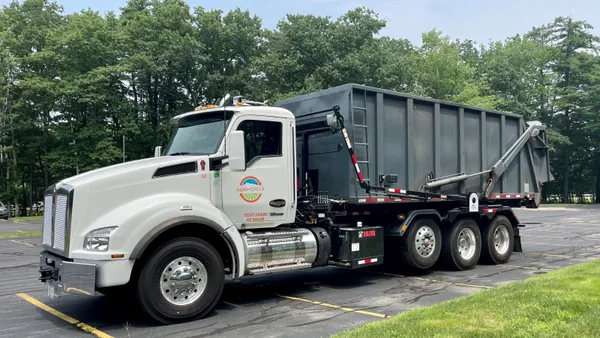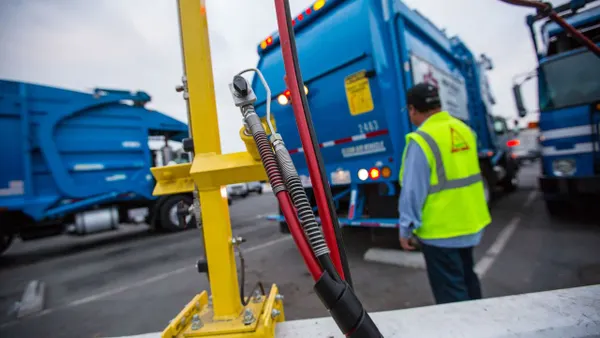In the 2015 film "Just Eat It," journalist and author Jonathan Bloom says that food waste is "one of the last environmental ills that you can just get away with," mocking society's so-called "environmental consciousness" despite its ignorance of some obvious issues. This acceptance of food waste is ironic, and raises a red flag for environmental advocates and waste professionals alike. Food waste will keep piling up if industry leaders don't inform consumers and retailers on how massive of an issue it really is.
Changing consumer habits or structural supply chain systems is no easy task. It involves educational campaigns, marketing and consistent reminders. These tactics can increase scrap collection rates, boost support of organics processing systems, or ultimately mitigate the problem from the source, making education highly important for industry leaders to pursue.
The magnitude of food waste can be hard to conceptualize, yet understanding this magnitude is the first step toward building a mindful society. Waste Dive compiled eight of the most impactful numbers that put into perspective just how vast the issue really is — and what the industry is doing to address it.
1.3 billionThe number of metric tons of food wasted around the globe annually, according to the Food and Agriculture Organization of the United Nations (FAO). This waste amounts to one-third of all food produced, indicating an enormous amount of wasted water, energy, land and labor used for production.
109.4The number of pounds of food waste, per person, that the EPA and USDA aim to reduce by 2030. The national goal also calls for a reduction of 66 billion pounds of food waste at the retail and consumer level. Both of these goals represent a 50% reduction in current levels.
1 in 7The number of truckloads carrying perishables that are eventually tossed after being delivered to supermarkets, according to a report from the Natural Resources Defense Council (NRDC). Primary reasons for waste at the retail level include overstock of product, aesthetic standards and misleading date labels.
53%The amount of consumers willing to recognize food waste as a problem, but not willing to change behaviors. The Plos One study that reported this figure also reported that 24% of consumers consider themselves too busy to worry about food waste. The lack of consumer buy-in not only drives the food waste problem, but also creates a challenging environment in which the waste industry must present solutions.
103The number of operational U.S. anaerobic digestion facilities that process food waste, including farms or wastewater treatment plants that accept food waste as a feedstock. The American Biogas Council reports there are only 39 stand-alone food waste biogas systems.
42.2 millionThe number of Americans who live in food insecure households, according to Feeding America. The nation's hunger epidemic is preventable, however, if food waste could be recovered or ultimately prevented. FAO reports that if even one-fourth of total food waste were to be donated, it would be enough to feed 870 million people.
6The number of states with organics recycling policies, according to the American Biogas Council. California, Connecticut, Massachusetts, Minnesota, Rhode Island and Vermont have all passed various state-level legislation to promote efficient collection and processing of food scraps. Many cities have also passed local food waste regulations including Austin, TX; Seattle; and Washington, D.C.
3.3 billionThe number of metric tons of CO2 emissions from global food waste, according to the book Food Foolish. In fact, its footprint is so large that, if food waste were a country, it would be the third-largest emitter of greenhouse gases, just behind China and the United States. These numbers are determined by the CO2 the food emits through its entire life cycle, including production and disposal.










